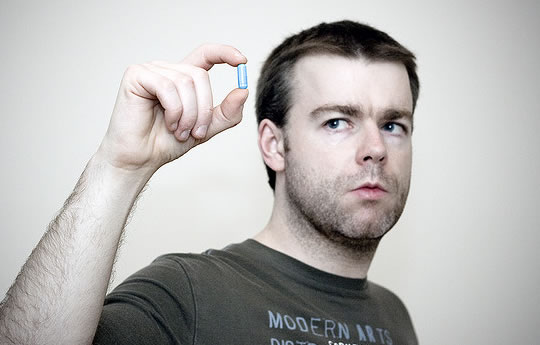The non-prescription drugs which new study links to dementia risk.
Commonly used antidepressants and hayfever drugs, among others, have been linked to an increased risk of developing dementia, a new study finds.
The drugs are often taken by older people, as Professor Shelly Gray, the study’s first author, explained:
“Older adults should be aware that many medications — including some available without a prescription, such as over-the-counter sleep aids — have strong anticholinergic effects.
And they should tell their health care providers about all their over-the-counter use.
But of course, no one should stop taking any therapy without consulting their health care provider.
Health care providers should regularly review their older patients’ drug regimens — including over-the-counter medications — to look for chances to use fewer anticholinergic medications at lower doses.”
Four commonly used drugs which have strong anticholinergic effects are:
- Doxepin (Sinequan) – an older antidepressant.
- Chlorpheniramine (Chlor-Trimeton) – an antihistamine used to treat hayfever.
- Diphenhydramine (Benadryl) – another antihistamine often used to treat hayfever and sometimes used to aid sleep.
- Oxybutynin (Ditropan) – for bladder control.
The study, which is published in JAMA Internal Medicine, tracked 3,434 people over the age of 65 who had no signs of dementia (Gray et al., 2015).
They were followed up over 7 years, during which time 797 developed dementia.
The results showed that the more of these drugs people took, the greater their risk of developing dementia.
One-fifth of the drugs had been bought over-the-counter without prescription.
The authors suggest that taking any of these drugs would put people at greater risk if taken for three years or more at these doses:
- 10 mg/day of doxepin,
- 4 mg/day of chlorpheniramine,
- or 5 mg/day of oxybutynin.
The first three can be substituted for other drugs which do not carry the dementia risk, the third cannot.
Unfortunately, the study also suggests that the damage caused by taking these medications may be irreversible.
Professor Gray said:
“If providers need to prescribe a medication with anticholinergic effects because it is the best therapy for their patient, they should use the lowest effective dose, monitor the therapy regularly to ensure it’s working, and stop the therapy if it’s ineffective.”
Image credit: JLA










